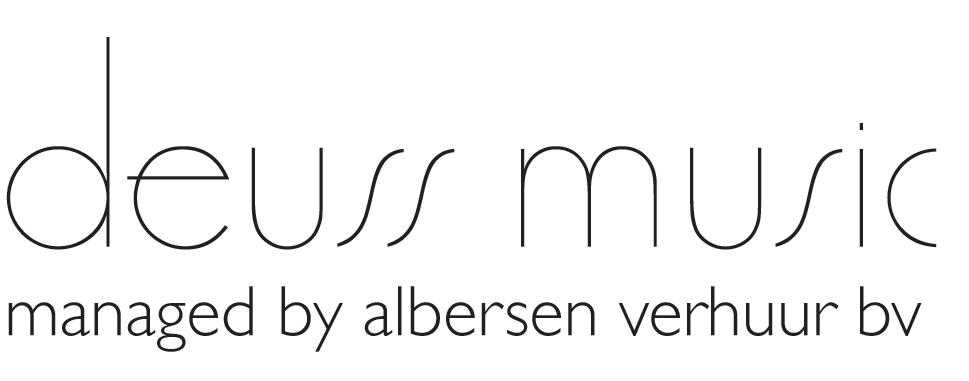the honeycomb conjecture
Het honingraat vermoeden / Le théorème du nid d’abeille for orchestra and electronic sounds


Het honingraat vermoeden / Le théorème du nid d’abeille for orchestra and electronic sounds

Het honingraat vermoeden / Le théorème du nid d’abeille for orchestra and electronic sounds

the honeycomb conjecture (2015) was commissioned by Philharmonie, Essen, Germany, for Festival NOW! Prismen, where it was first performed by ASKO|Schönberg and Reinbert de Leeuw (conductor)
Scoring:
2 Flutes
Oboe
Clarinet in B flat
Bass clarinet
Bassoon
2 Horns in F
Trumpet in B flat
Trumpet in C Bass trombone
Percussion (2): Crotales
Vibraphone
Xylophone
Glockenspiel
Cymbals (high, medium, low) Thai gongs
Thunder sheet
Bass drum
Piano
Electronic sounds
Violin 1
Violin 2
Viola 1
Viola 2
Violoncello 1
Violoncello 2
Contrabass
Score in C
Performance, program notes
The present music notational system is based on twelve-tone equal temperament, corresponding to semitones, meaning that not all frequencies and pitches may be captured. Expanding the present system to a 24-tone or even 48-tone tempered tuning, corresponding to a resolution of a quarter tone and an eighthtone respectively, will lead to a larger choice of pitches, yet still entails approximation of frequencies into a notational grid (quantification).
Hirs composed the honeycomb conjecture in a continuum of frequencies. She thus uses the calculated frequencies and other musical parameters to generate electronic sounds as well as the instrumental score performed live. For the score of the honeycomb conjecture Hirs approximated the resulting the frequencies to the nearest halftone, while indicating the cents deviation above the notated pitch. This deviation is a percentage with respect to the nearest semitone written in the score.
The electronic sounds in Hirs’s compositions are synthesized using the unapproximated frequencies and provide a means of reference for the musician during rehearsal and performance. In this way the role of the electronic sounds is two-fold, both as constituent to the music as well as a reference base for the performer: the electronic sounds shape the overall music and inform the instrumentalist how to adjust the intonation of the written pitches.
Duration: ca. 12 min.
Copyright © 2019 by Rozalie Hirs and Albersen Verhuur b.v. Printed in The Netherlands All rights reserved
No part of this publication may be reproduced in any form by any electronic or mechanical means (including photocopying, recording or information storage and retrieval) without permission in writing from the publisher: Deuss Music managed by Albersen verhuur b.v., Fijnjekade 160, 2521 DS, The Hague The Netherlands
www.rozaliehirs.com www.deussmusic.com
P.1Flute1
P.2Flute2
P.3Oboe
P.4ClarinetinB
P.5BassClarinet
P.6Bassoon
P.7Horn1inF
P.8Horn2inF
P.9TrumpetinB